Business Decision Making: Sample Analysis and Decision Making
VerifiedAdded on 2023/06/04
|10
|492
|239
Report
AI Summary
This report focuses on business decision-making by analyzing sample data to provide insights for a supermarket chain. It begins with an introduction outlining the use of two random samples from a population of 1000 customers, detailing the key demographic features, and the objective of providing information to assist in opening a new store. The report employs descriptive statistics to summarize customer location, number of children, income, and debt, highlighting how these factors influence spending. It then addresses the reliability issues arising from discrepancies between the two samples and suggests solutions like determining a minimum sample size and using stratified sampling. The report also utilizes inferential statistics, specifically hypothesis testing, to analyze consumer spending patterns. The conclusion emphasizes the importance of reliable data for decision-making, summarizing the process of data analysis and the need for representative samples to make informed business decisions.
1 out of 10

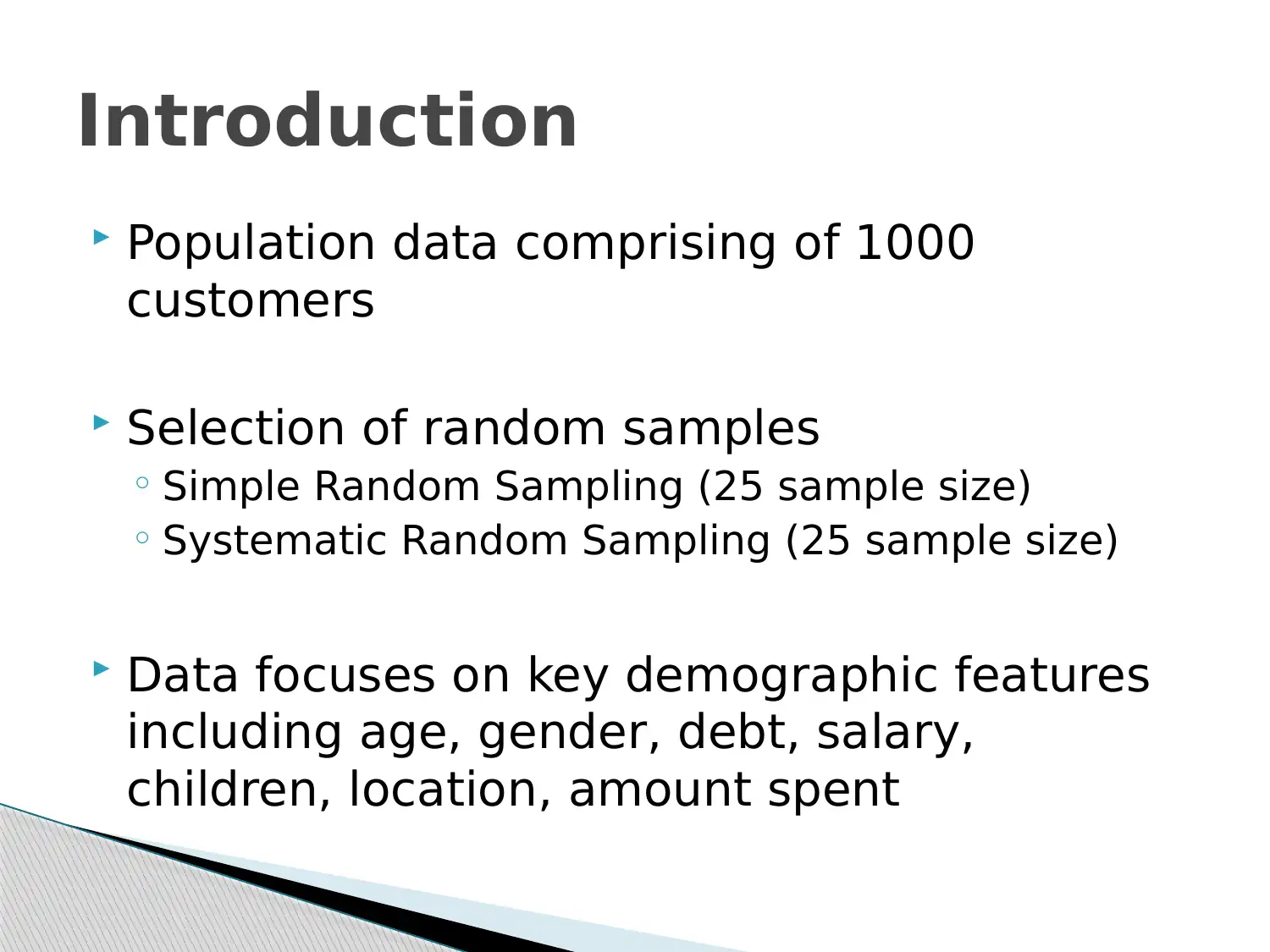


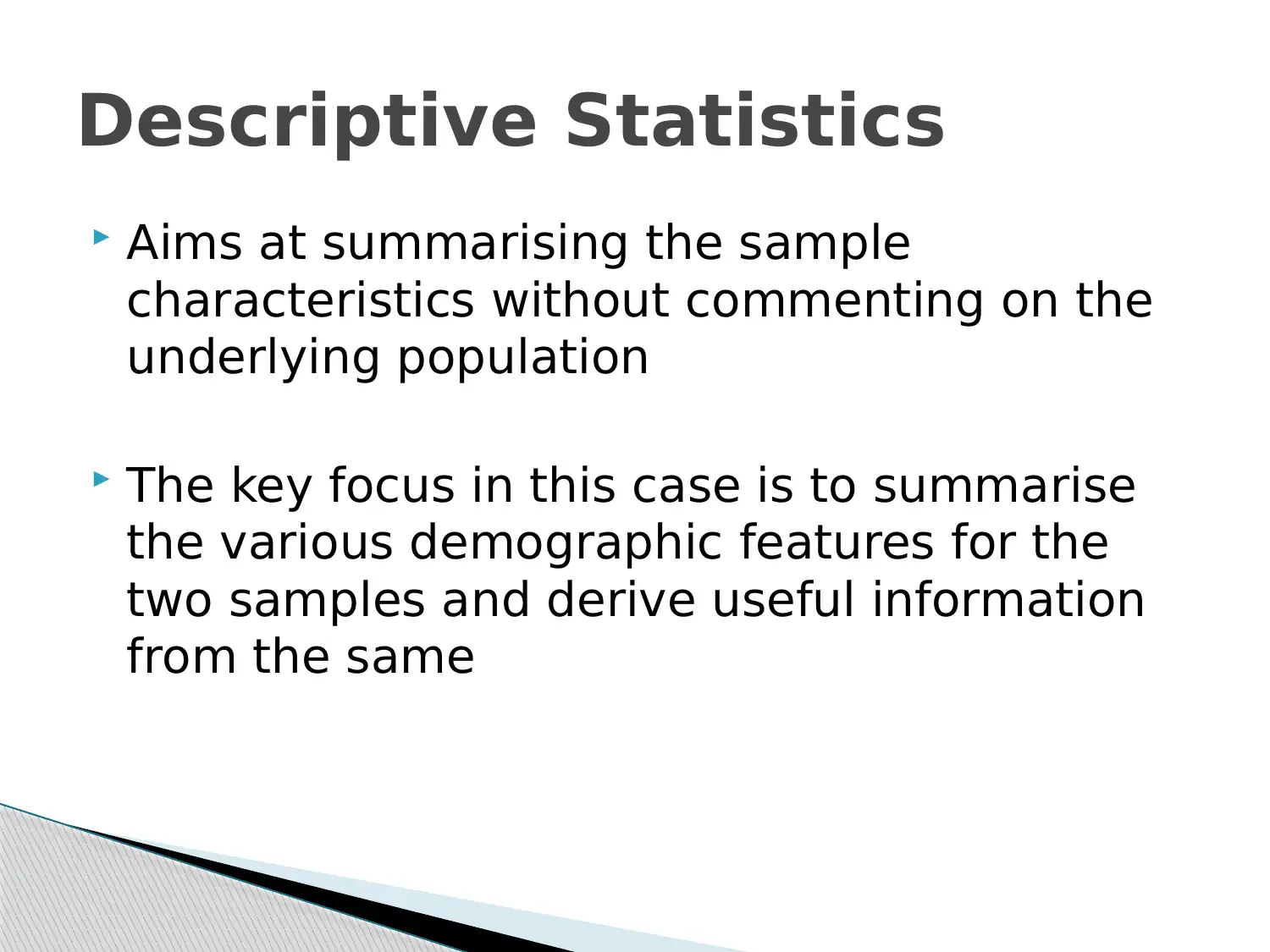
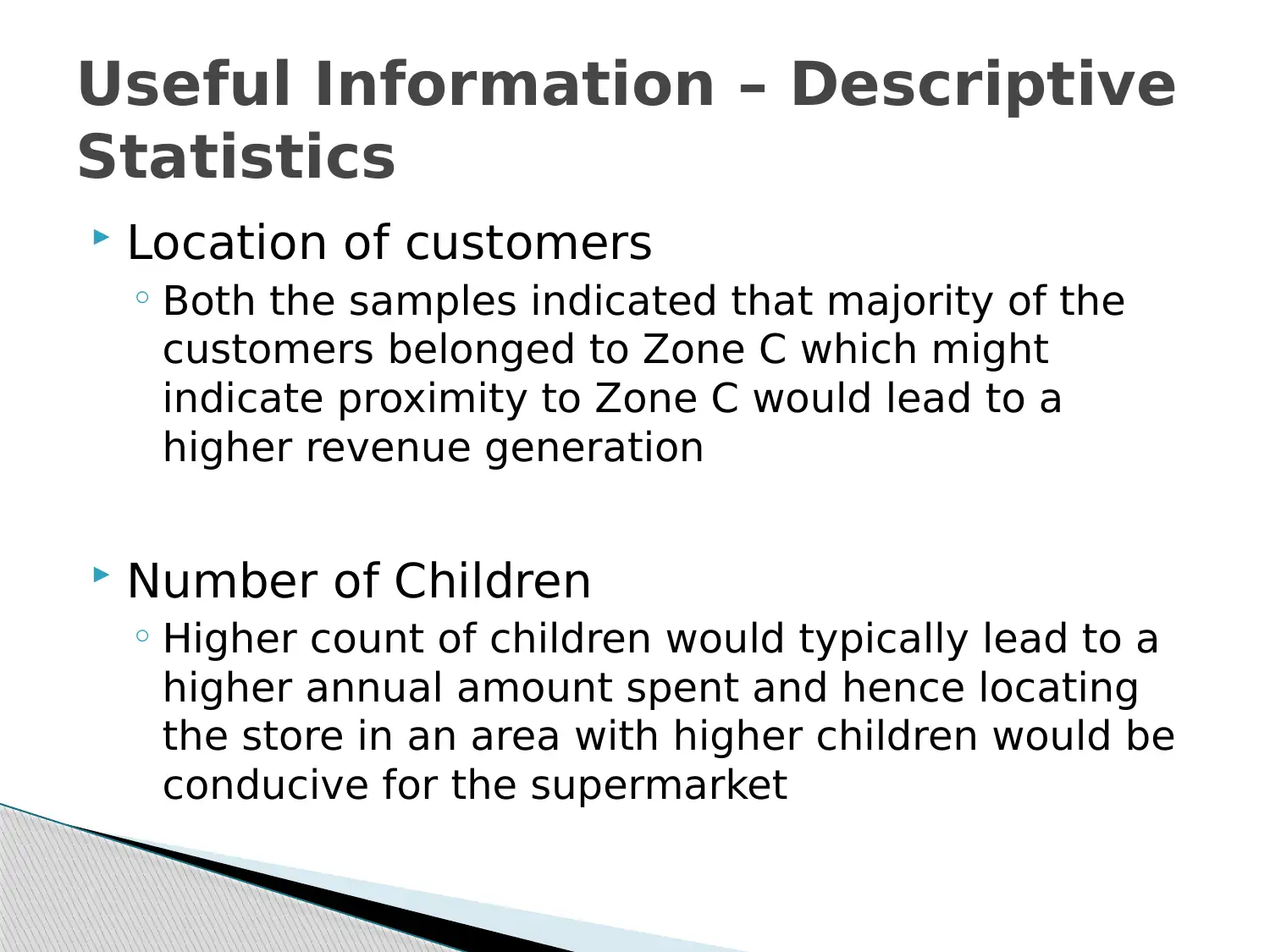

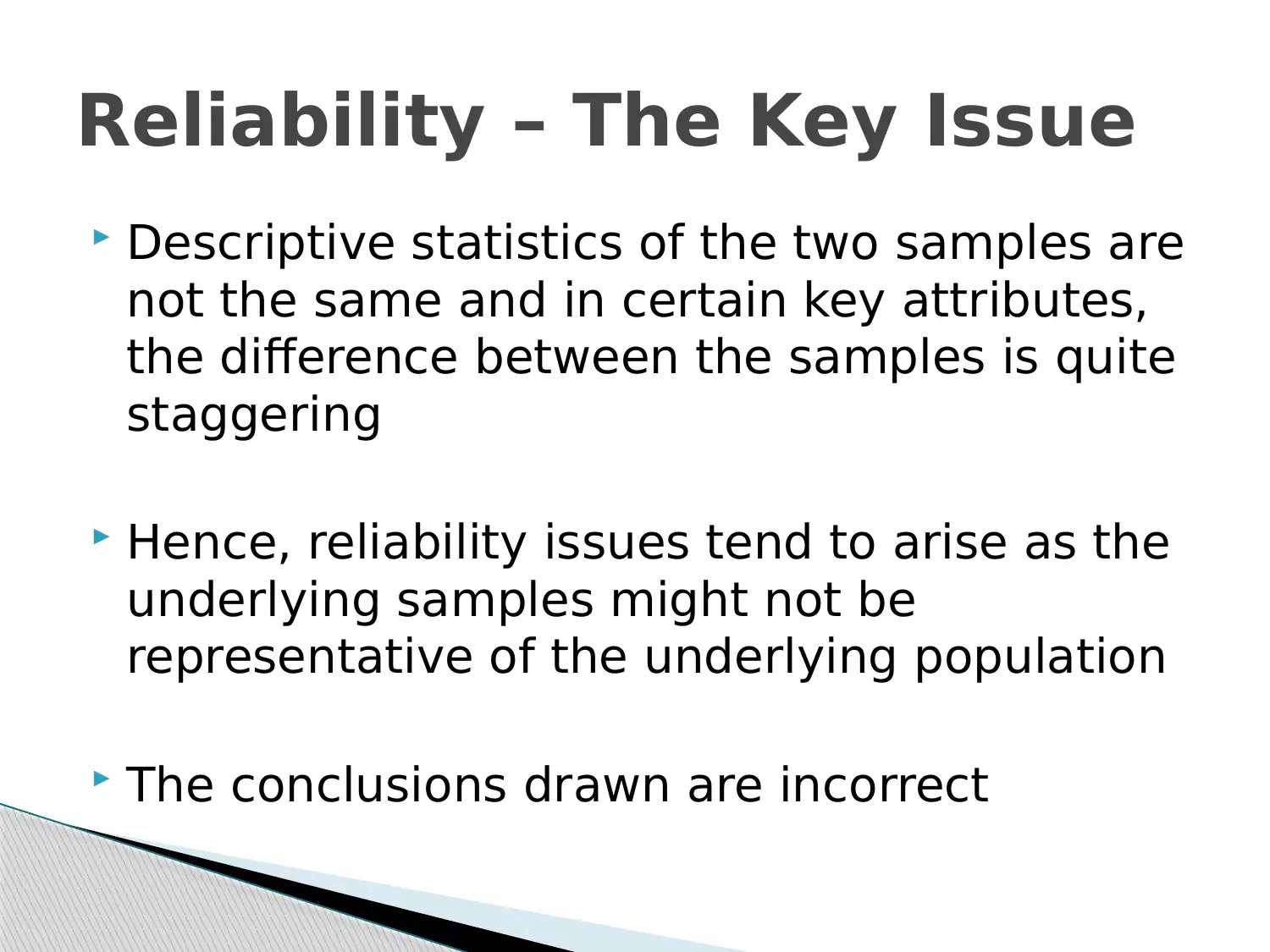
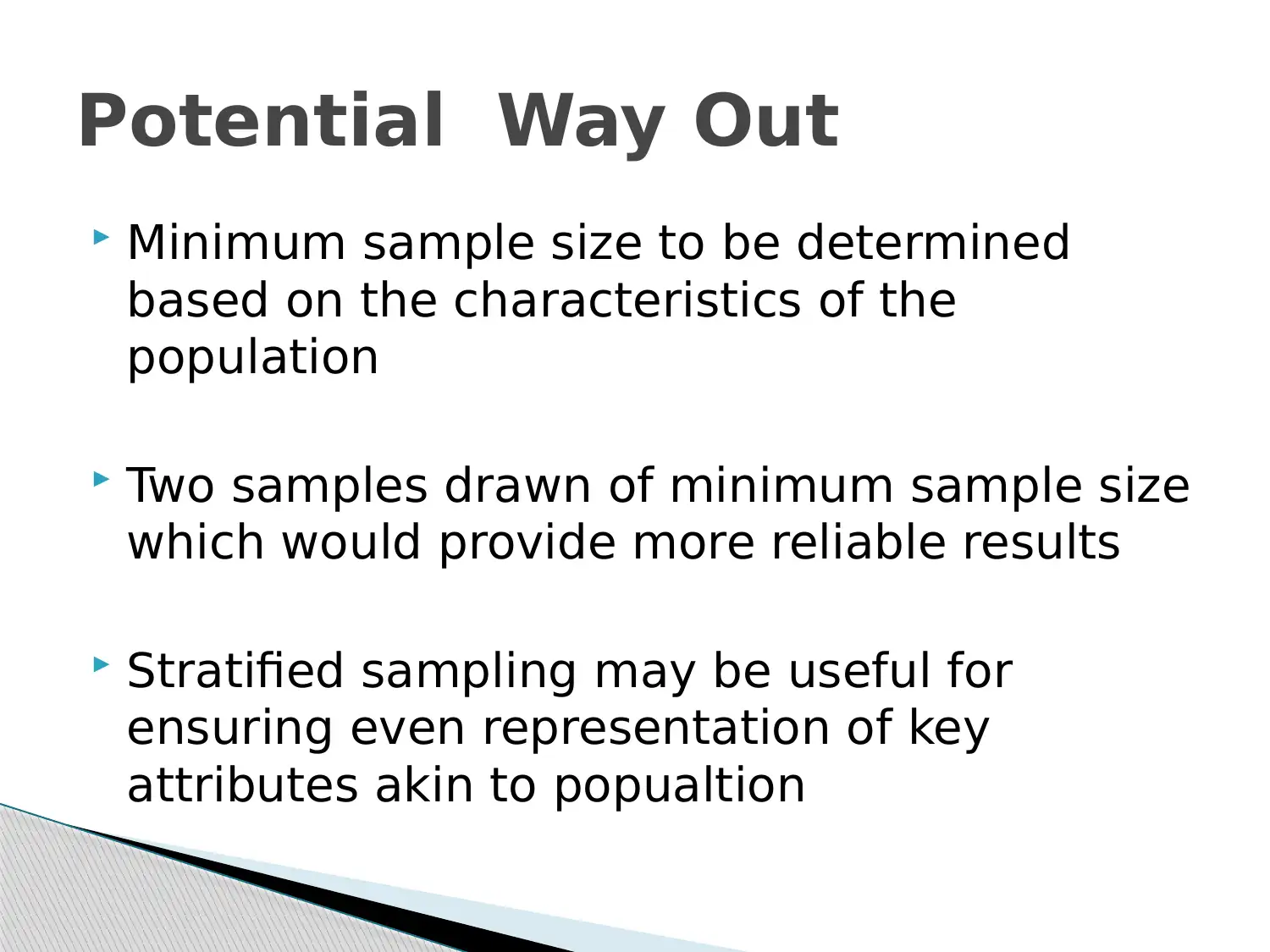








![[object Object]](/_next/static/media/star-bottom.7253800d.svg)